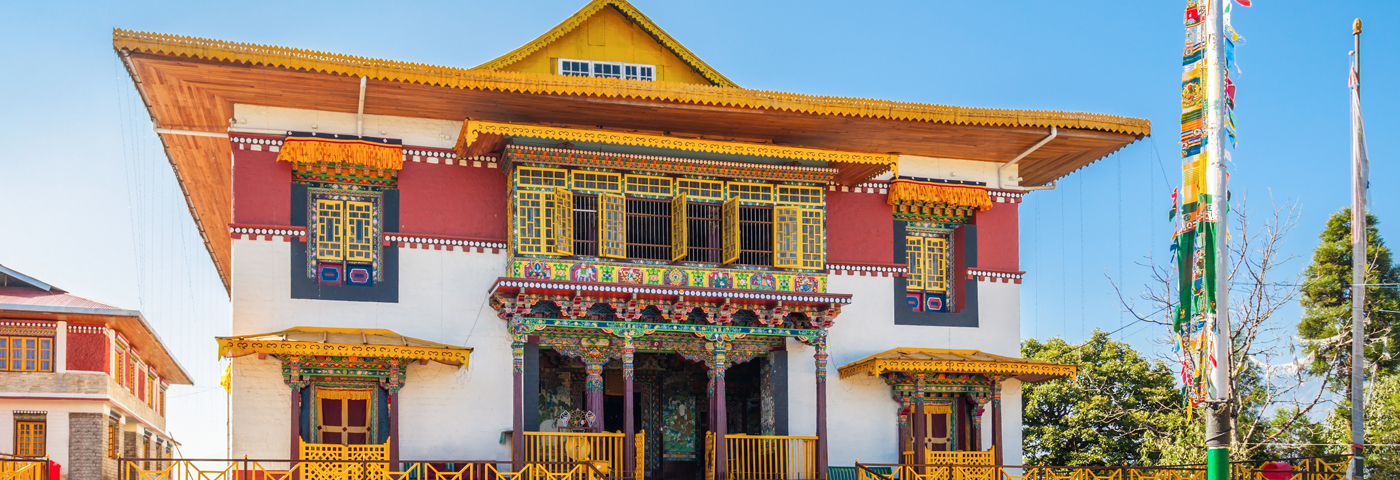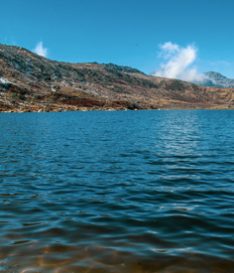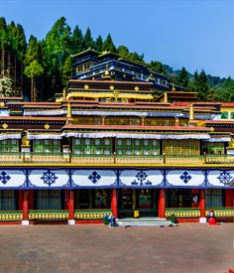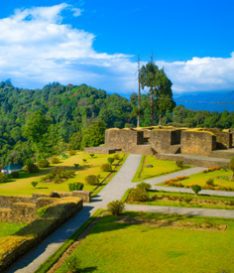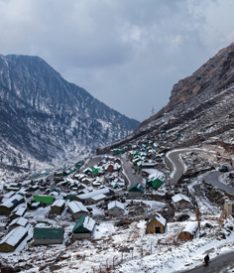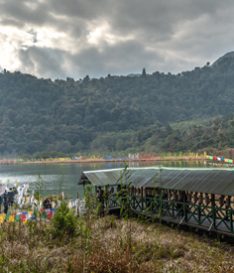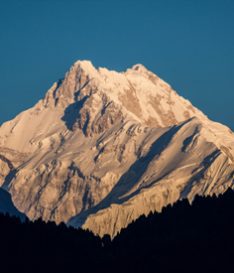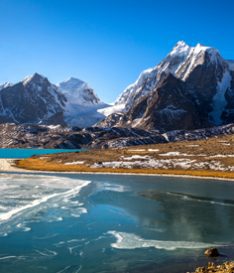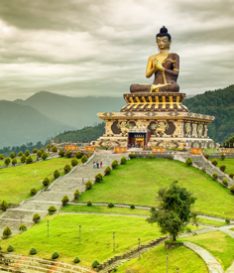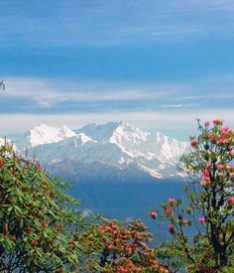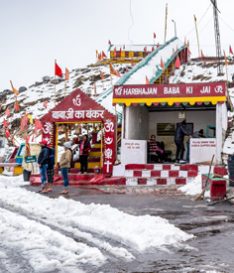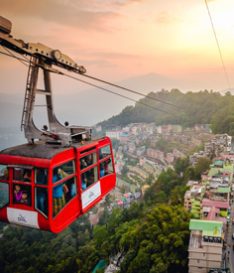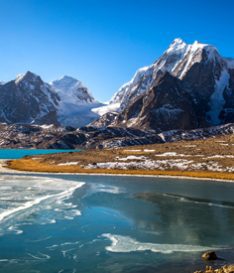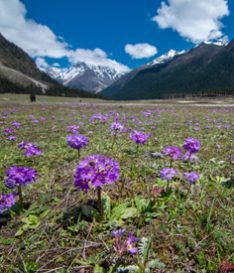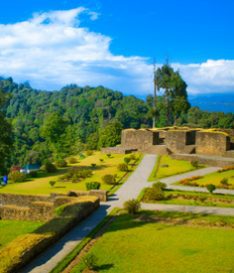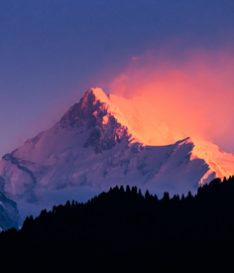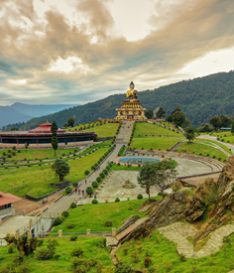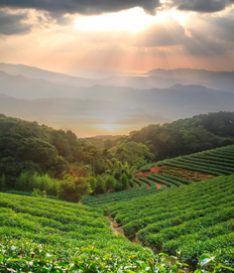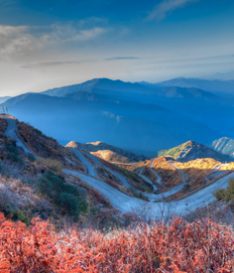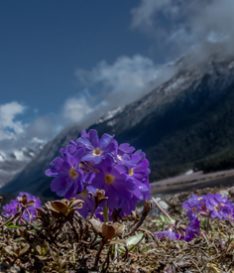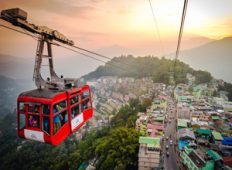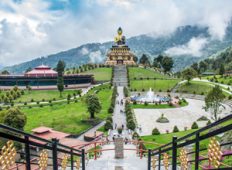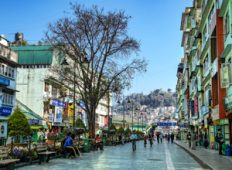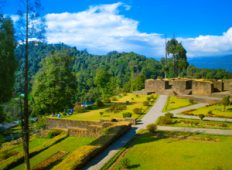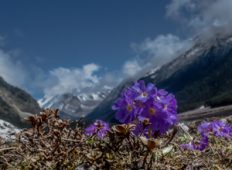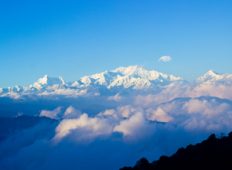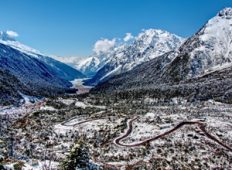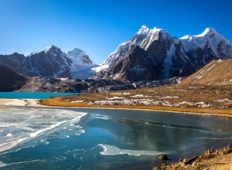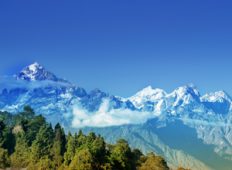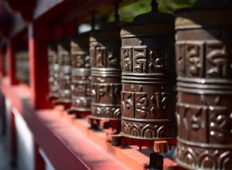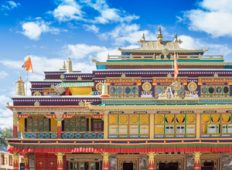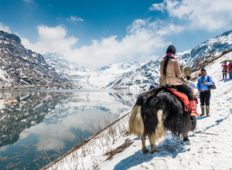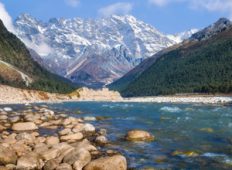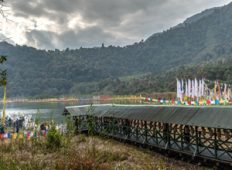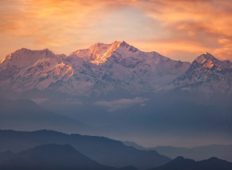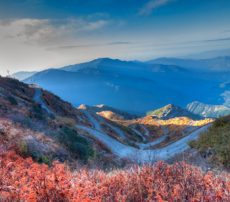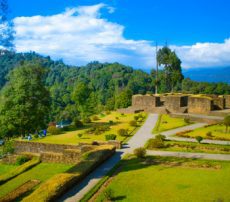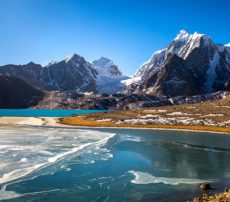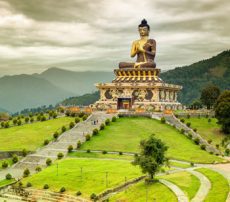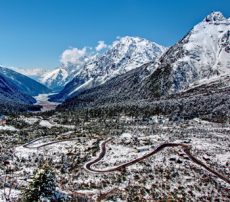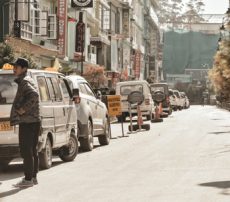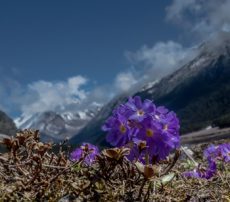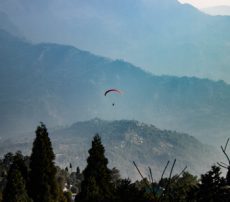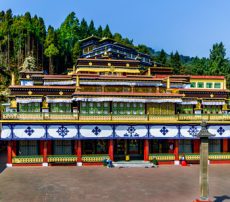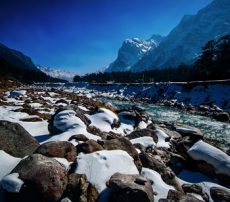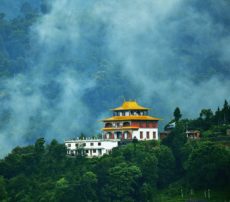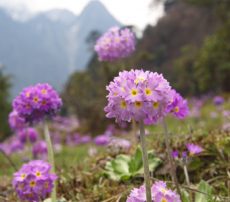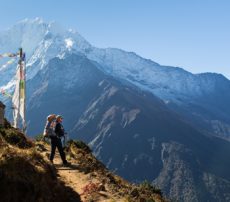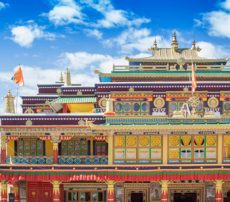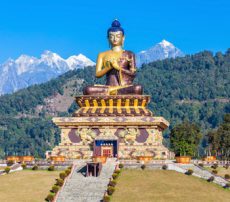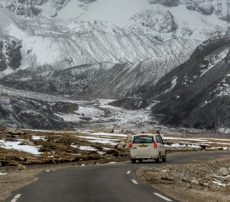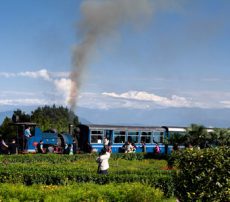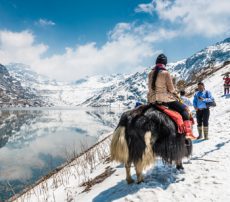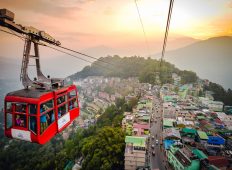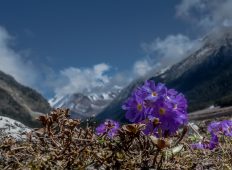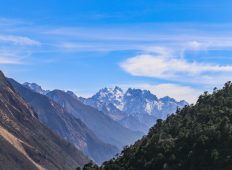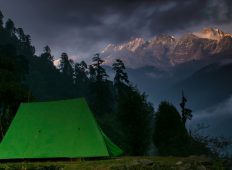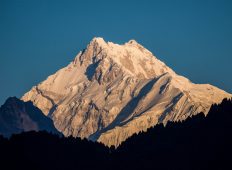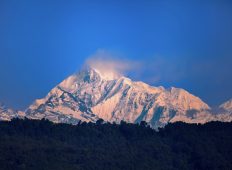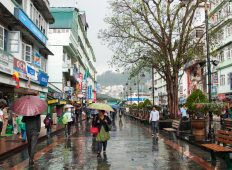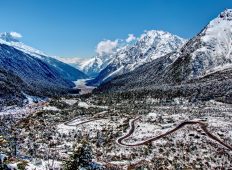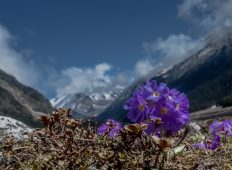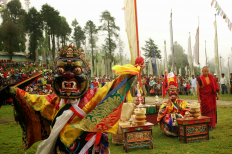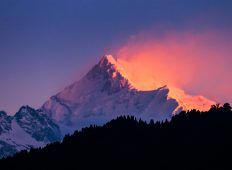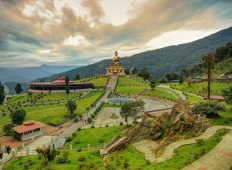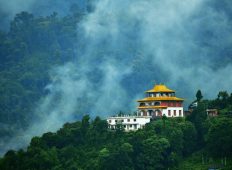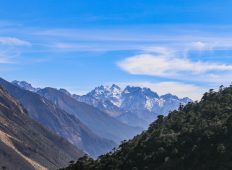PEMAYANGTSE MONASTERY GUIDE
Why Should I Visit
If you’re into Buddhist history, Pemayangtse Monastery should be at the top of your list. This 17th century structure is one of the oldest and religiously relevant shrines in Sikkim. The monastery was founded by Lhatsum Chempo, one of the lamas who was part of the consecration ceremony of the first Chogyal (king) in the mid-1600s. The monastery adheres to the Nyingma tradition, the most ancient form of Tibetan Buddhism. The monks here go by the title of ‘ta-tshang’ that translates to ‘pure monk’. Pemayangtse is also responsible for the annual monastic dances that take place in the palace chapel in Gangtok.
How Do I Get There
Situated in west Sikkim, this monastery is around 140 km away from Gangtok. If you’re travelling by car you will pass the town of Pelling that is around 50 km from Pemayangtse. As the car rolls down from Upper Pelling you will notice a bypass track near a stupa. If you’re up for a it, walk down this short road and enter the courtyard of the monastery.
For trekkers, this monastery pops up at the beginning of the popular Dzongri trek route.
When Should I Land Up
Even in the summer, the weather can be a little challenging for people not used to nippy winds. A light jacket should be comfortable enough. If you’re visiting in the winter, it goes without saying, carry heavy woollens to brave the blistering cold. However, Pemayangtse Monastery is magically transformed between November and February and a winter visit is worth it. Ideally, you should land up around 9 a.m. The monastery closes its gates at 5 p.m.
Try and visit the monastery during the last days of the 12th month of the Tibetan lunar calendar (around February). This is when the monks perform the Cham dance. Monks wearing traditional costumes and masks dance to the beats of folk instruments indigenous to the Himalayas, like the dramyin, a six-stringed lute. The cham dance is an extremely immersive experience and you can mingle with the locals, drink warm cups of tea and be part of the festive atmosphere.
The Finer Details
The outer courtyard of this gompa with its well-trimmed gardens is a great place to explore. You will be taken in by the snow-capped mountains in the distance, the pristine sky and the overall scenic beauty of Pemayangtse.
Inside the three-storied monastery, there is a vast collection of antique Buddhist idols, the walls are painted with Tibetan motifs and there are a number of ancient Tibetan scriptures stored here, as well. In the prayer hall (dukhang), the doors and windows are painted in bright colours and there is a statue of Padmasambhava, depicted here with multiple arms and heads.
Pemayangtse literally translates to ‘Perfect Sublime Lotus’ and rightfully so. The gompa’s main attraction is on the top floor where an ancient wooden structure with seven tiers sits majestically. Built and painted by Dungzin Rimpoche, this wooden composition represents Zandog-pairi, the Heavenly Palace as visualized by Rimpoche. It took him five years to construct single-handedly and is a treat to examine. The depictions of rainbows, various manifestations of Buddha, make this a fitting end to your exploration of Pemayangtse Gompa.
A common sight, at high-altitude historical structures, are structural cracks that appear due to earthquakes and other natural calamities. Pemayangtse Monastery has stood firmly through two earthquakes. With recent and regular refurbishments, the monastery is now a little more secure against drastic geographical changes. At an altitude of nearly 7000ft, Pemayangtse Monastery sits in the midst of perpetual natural beauty.
Get Instant Call Back
Why Choose us ?
What makes us diffrent from other tour package companies

